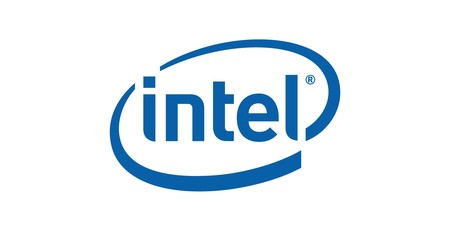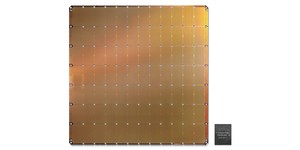
Intel has confirmed that its Xe architecture graphics processors, its third attempt at breaking into the discrete GPU market, will include hardware acceleration for ray tracing workloads - but is concentrating its efforts in the area on the professional, rather than gaming, market.
Intel's attempts to break into the discrete graphics processor (dGPU) market have not exactly been a stellar success: The Intel i740, formerly known as Auburn, launched in 1998 as an add-in board based on the Accelerated Graphics Port (AGP) bus but lasted less than a year in the market; 2007 brought the announcement of Project Larrabee, but despite plenty of hype no consumer products would be released and what is left of Larrabee lives on as the Xeon Phi family of data centre co-processor boards.
For its third attempt, Intel snatched up former AMD Radeon Technologies Group head Raja Koduri from rival AMD and teased products to come in 2020. Earlier this year it launched a gamer-centric promotional programme dubbed 'Odyssey', but technical details of exactly what its third generation of discrete GPUs - and, if all goes well, only the second to come to market - have been thin on the ground.
In a blog post on the Intel IT Peer Network, Intel's Jim Jeffers has offered at least one hint: The Xe graphics architecture, on which the dGPUs are expected to be based and styled with a superscript 'e' in Intel's marketing materials, will include support for hardware acceleration of ray tracing workloads in much the same way as the RT Cores of Nvidia's Turing architecture.
That doesn't necessarily mean day-one support for games based on the DirectX Ray-tracing (DXR) API, though. 'I’m pleased to share today that the Intel Xe architecture roadmap for data centre optimised rendering includes ray tracing hardware acceleration support for the Intel Rendering Framework family of APIs and libraries,' Jeffers explains - focusing purely on professional workloads and mentioning little about the consumer-oriented DXR or the Xe architecture's performance in games.
It seems likely, though, that consumer-oriented Xe-based cards will include the same functionality - which, if it's applicable to DXR workloads as well as those based on the intel Rendering Framework, could give Nvidia some competition at the higher end of the market.
Intel has still not finalised a launch date for the first Xe-based products, but is believed to be on track for 2020.

MSI MPG Velox 100R Chassis Review
October 14 2021 | 15:04








Want to comment? Please log in.